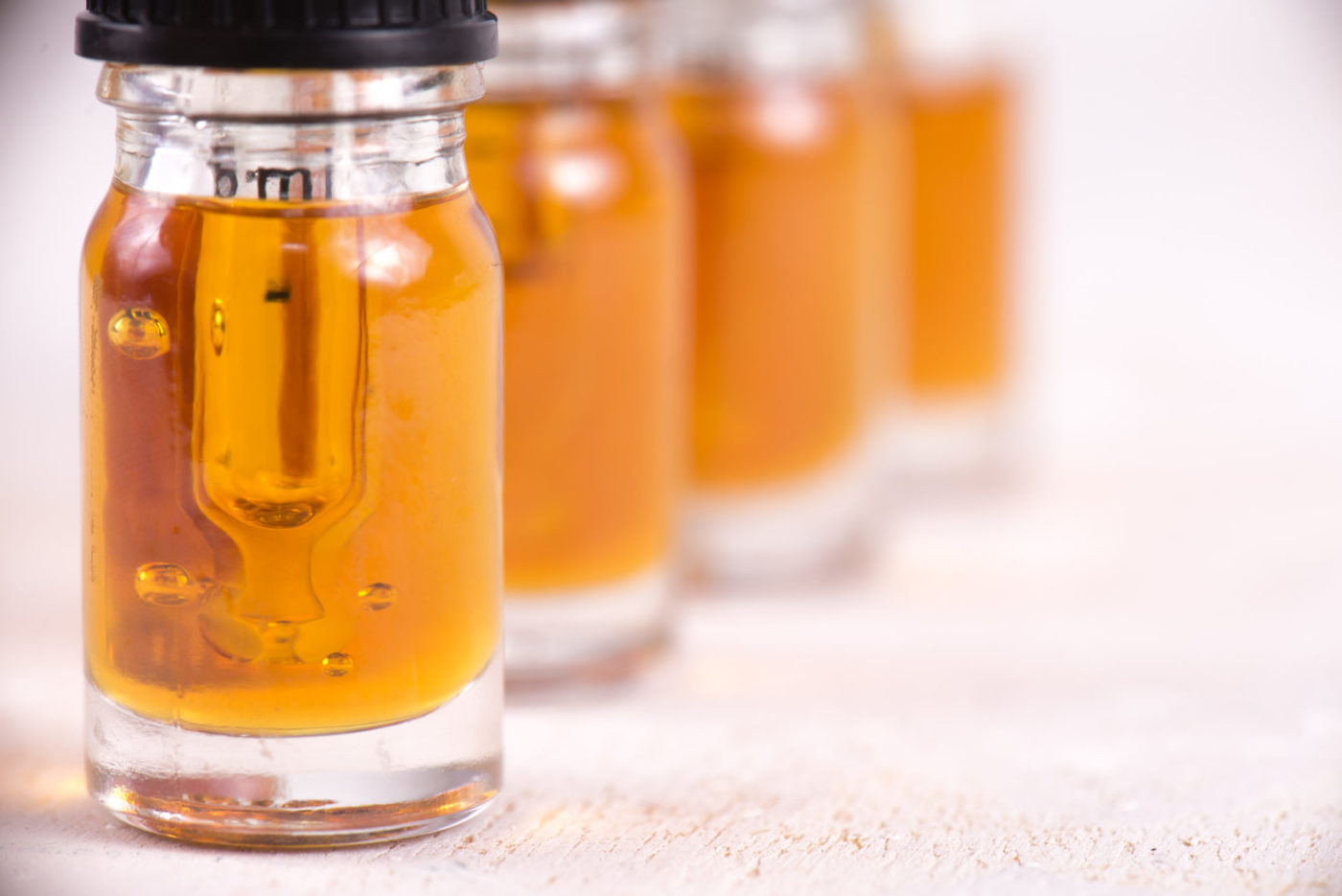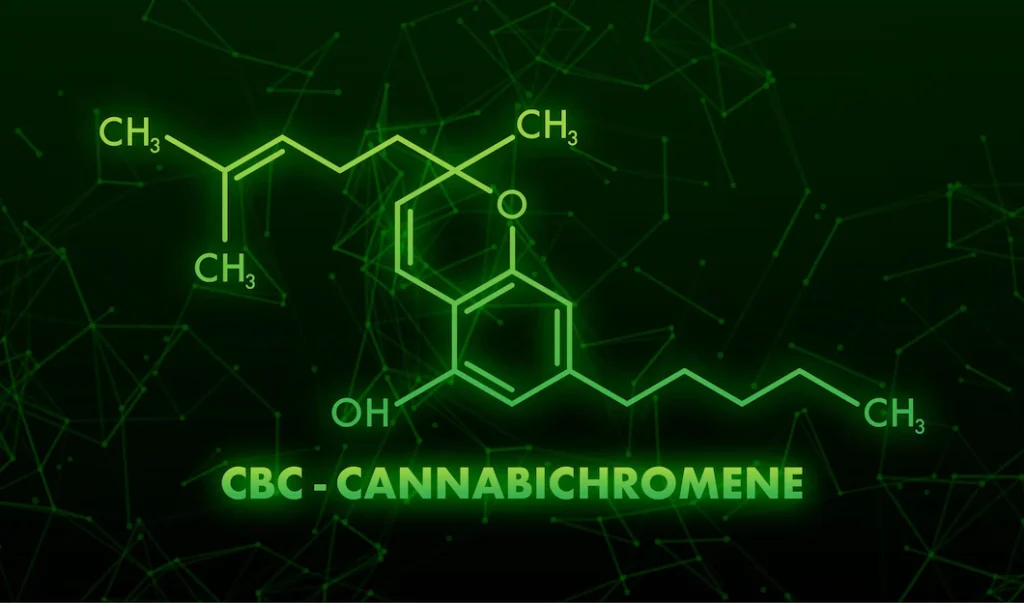
Benefits of Cannabidiol (CBD)
June 17, 2020
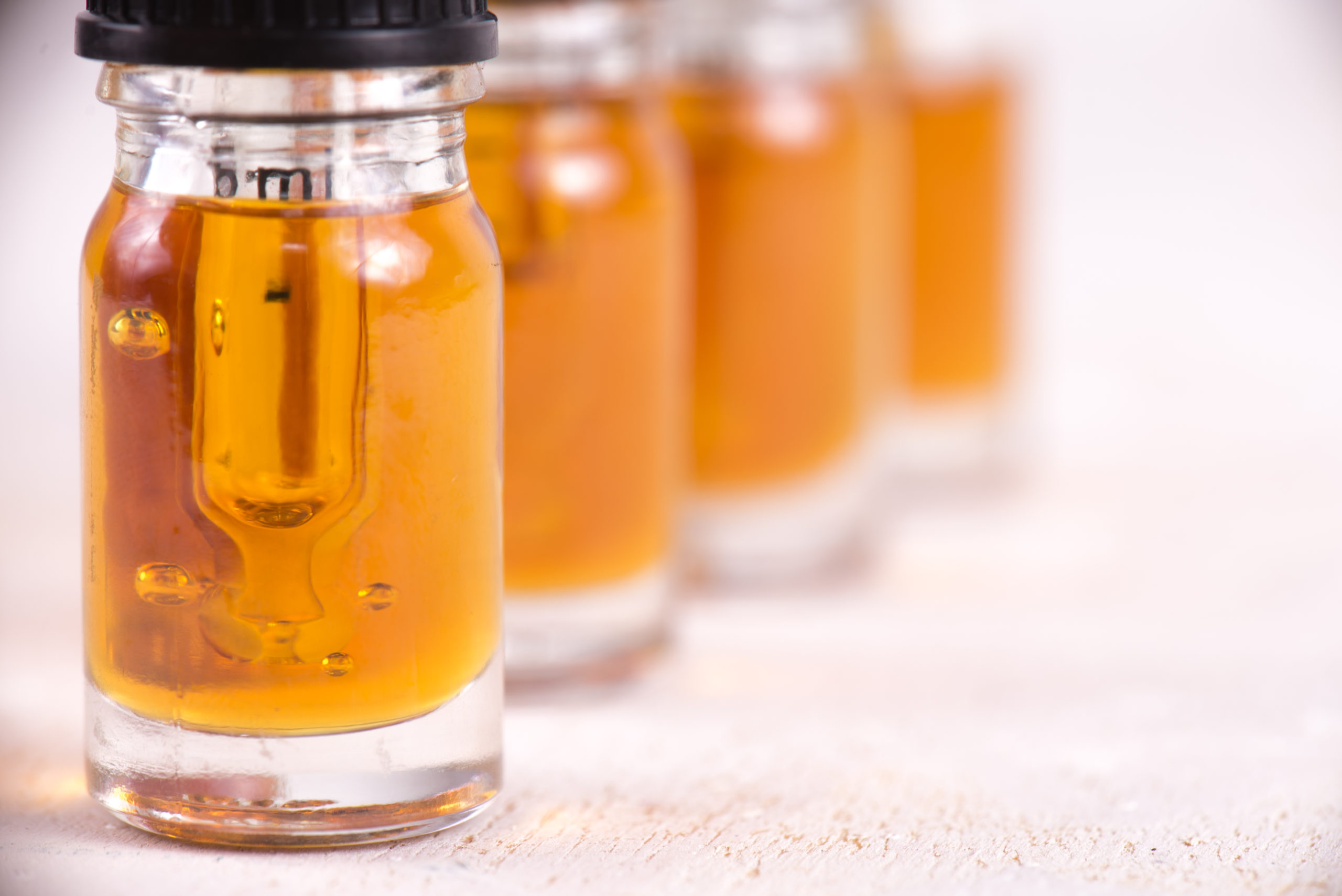
Over the last few months we’ve given you an overview of hemp, the endocannabinoid system (ECS) and the beneficial cannabinoids found in Cannabis sativa L. In last week’s post The Benefits of Cannabinoids there was one significant cannabinoid missing, cannabidiol (CBD). In this week’s post we will discuss the wildly popular cannabinoid cannabidiol (canna-bi-diahl) and help you begin to understand the distinctions between various CBD product forms.
Nowadays, CBD is everywhere and is constantly being talked about— and for good reason! With so many options, product types, and forms, it has become increasingly difficult to make an educated decision about which form of CBD to choose. One of the most important things to understand is how to determine the differences between CBD products. One topic we will discuss further, following the benefits of CBD, is how to understand the differences in forms of CBD, including full spectrum, broad spectrum, or isolate products.
As we shared in our earlier post Hemp vs. Marijuana, CBD was discovered in the 1940s and is one the most abundant cannabinoids in the hemp plant. It does not produce the psychotropic effects commonly associated with THC. When CBD was discovered, researchers recognized the potential of the plant, but due to legality reasons, which have unfortunately continued until very recently, and other obstacles it took over 20 years to begin really exploring and understanding how to best expand on some of the original findings. Throughout 1963-64, Dr.Raphael Mechoulam, an organic chemist at the Weizman Institute in Israel, and his team worked to identify the chemical structure of CBD, isolate it, and then synthetically recreate it in his lab. They found that, although CBD is one of the most abundant cannabinoids, it could be given at increased amounts with little to no side effects. It was Dr. Mechoulam and his team that first recognized that CBD had antiepileptic properties, research that would later be used to develop FDA approved pharmaceuticals; one for use in rare childhood seizure disorders. [1]
What is Cannabidiol (CBD)?
CBD is a phytocannabinoid found in various concentrations through most parts of the hemp plant, but the highest levels are found in the flowers and trichomes. Phytocannabinoids accumulate in the sticky cavity of trichomes, which are small hairs that largely occur in female flowers and can be found in lower concentrations in other aerial parts of the plant.[2]

Benefits of CBD
In our last post titled The Benefits of Cannabinoids, we learned that CBD does not just start as CBD. It is created through a series of chemical conversions which occur in nature mostly through changes in temperature and time. This begins when Cannabigerolic acid (CBGa), the mother of cannabinoids, is broken down into its non-acidic form Cannabigerol (CBG), which then breaks down into Cannabidiolic acid (CBDa) and Tetrahydrocannabinolic acid (THCa). CBDa is then further broken down into CBD.

Interestingly it is estimated that by 2025 CBD will be close to a $25 billion-dollar industry.[3] Clearly CBD has gained some incredible popularity with consumers, but we are also seeing an increase in research and clinical studies of the compound and are starting to discover new and exciting benefits. There is increasing evidence that CBD has numerous therapeutic potentials and is essential to supporting inner balance and the overall health and wellness of many of our body’s systems. If you read our previous posts on the ECS, you know that CBD binds to the network of receptors throughout the body that make up the ECS and play an important part in regulating pain perception, balanced emotions, and other autonomic functions. Several studies demonstrate the reduction of pain perception following intake of CBD,[4] and when combined with other phytocannabinoids, it can cause an even greater reduction in pain perception. This research also supports the importance of the entourage effect to benefit health, using the synergistic effects of all the compounds found in hemp versus using isolated compounds.
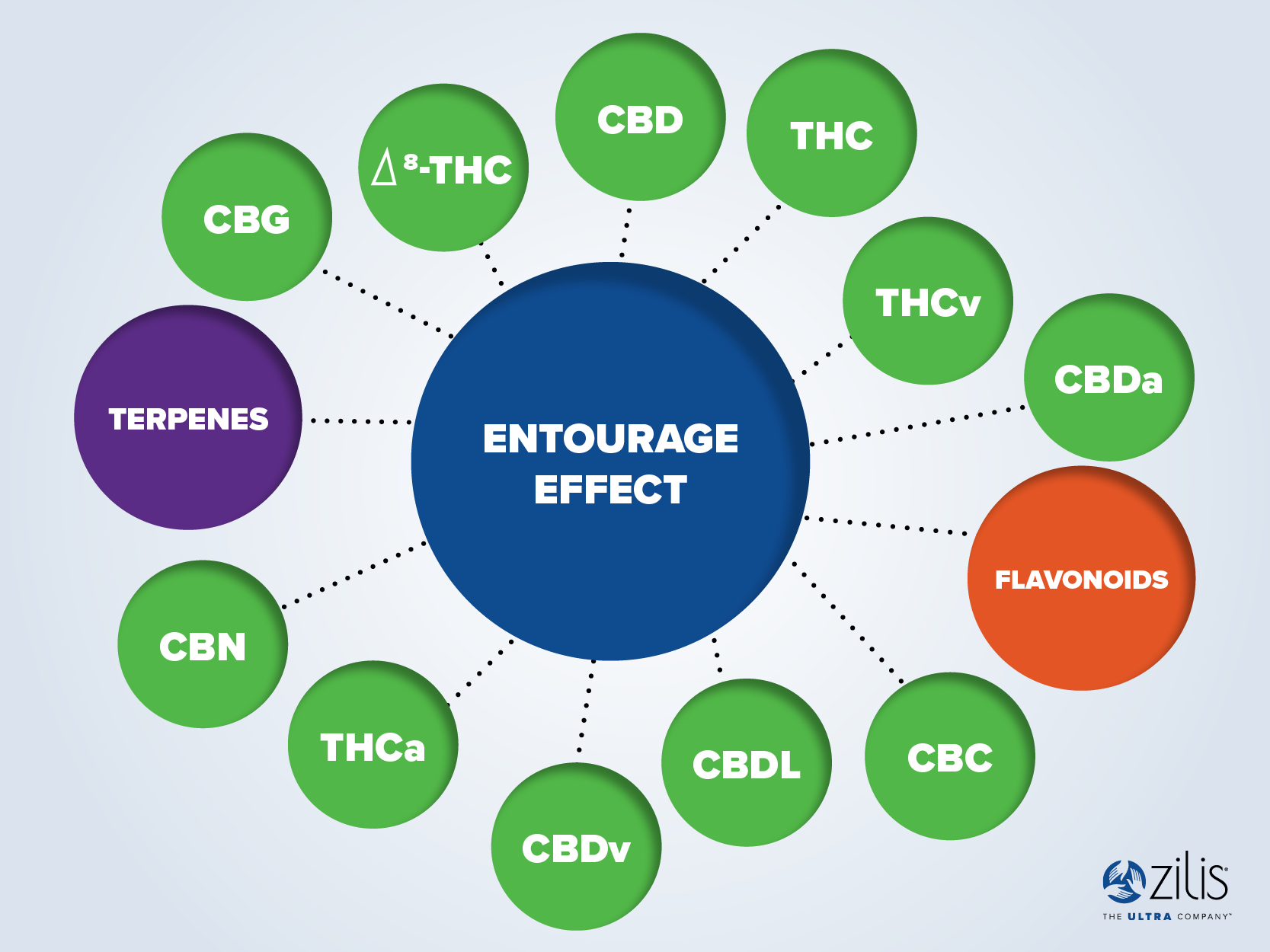
What is not commonly known about CBD and its potential benefits is that, in 1999, the U.S. Government, under the Department of Health and Human Services, filed a patent on non-psychoactive cannabinoids, including CBD, as a treatment for specific illnesses. The U.S. Government was awarded that patent in 2003; “Cannabinoids as antioxidants and neuroprotectants, Unites States Patent 6,630,507”. Click here to see the full patent.
As popularity has grown over this compound both medical and regulatory agencies have begun to weigh-in with their opinions about the benefits and safety profiles of CBD. For example, the World Health Organization (WHO) published their Cannabidiol (CBD) Critical Review Report[5] where the WHO discussed the available research in regard to medical and recreational uses, safety profiles, and outcomes following CBD usage. Following this report, the WHO recommended that pure CBD and CBD preparations containing no more than 0.2% THC should no longer be included in the international drug control conventions, after noting in their report that CBD had been found to be “generally well tolerated with a good safety profile”.
Interestingly, in addition to the WHO’s recommendation to remove CBD from international drug control conventions, the World Anti-Doping Agency (WADA), an international organization that “was founded with the aim of bringing consistency to anti-doping policies and regulations within sport organizations and governments right across the world”[6], removed CBD from their list of prohibited substances. However, it is important to note that although CBD is no longer prohibited, athletes should be aware that many CBD products contain low levels of THC, which is still a prohibited substance under WADA.
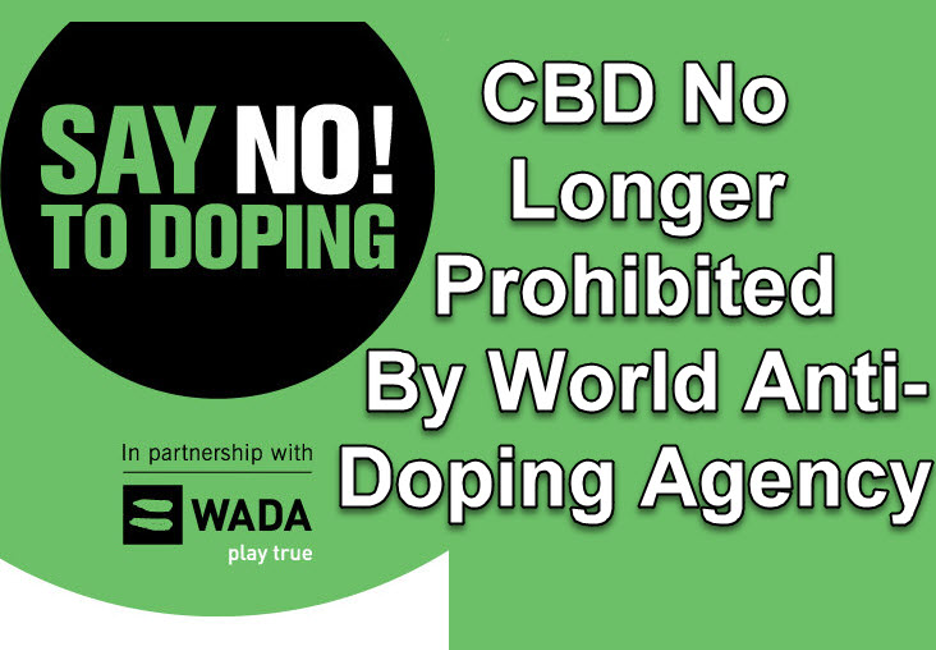
Product Formulation of CBD
For the majority of CBD supplements on the market it appears the products are mostly sold in three different overarching forms, or categories—full spectrum extract, broad spectrum extract, and isolate, but what is the difference?
The following definitions of these products have come from the U.S. Hemp Authority Glossary, developed to promote standardized labeling for the hemp industry.

- Full Spectrum Extract “is hemp extract including THC and other cannabinoids, terpenes, and other naturally occurring compounds, that has been processed without intentional complete removal of any compounds and has a final THC quantification of not greater than 0.3%.”
- Broad Spectrum Extract “is hemp extract that has been intentionally processed to remove THC such that the quantified THC has been deemed non-detectable by a compliant laboratory using a fit-for-purpose method with a limit of quantification of less than 0.01%.”
- Isolate “is the confined molecule and most pure form of the cannabinoid such as CBD.”
Ultimately, the difference between a full spectrum, broad spectrum, and isolate products seems to come down to efficacy; the degree of product processing; and number of compounds in the final product. The most important thing you can do as a consumer is to first research the different forms and then choose a product to best fit your needs and desired outcomes.
Because each form of CBD is specific to a consumer’s need, the conversation around full spectrum versus broad spectrum versus isolate CBD is a much bigger one. We will go into more detail about the specific differences about each of these forms of CBD and how they contribute to the entourage effect in a future post.
Our next post: Celebrate Independence Day with us for a special 4th of July post all about the history of hemp in the United States!
[1] Bialer, M. (2019) Raphael Mechoulam adn the history of cannabis research. Epigraph. Vol 21 (1) https://www.ilae.org/journals/epigraph/epigraph-vol-21-issue-1-winter-2019/raphael-mechoulam-and-the-history-of-cannabis-research
[2] Andre, C. M., Hausman, J. F., & Guerriero, G. (2016). Cannabis sativa: The Plant of the Thousand and One Molecules. Frontiers in plant science, 7, 19. https://doi.org/10.3389/fpls.2016.00019
[3] 2019 CBD Market Report (Rep.). (2019). Retrieved June 26, 2020, from Brightfield Group website: https://content.brightfieldgroup.com/2019-us-cbd-market
[4] Cannabidiol (CBD): Critical Review Report (Rep.). (2018, June 4). Retrieved June 26, 2020, from World Health Organization website: https://www.who.int/medicines/access/controlled-substances/CannabidiolCriticalReview.pdf
[5] What We Do. (2017, December 01). Retrieved June 26, 2020, from https://www.wada-ama.org/en/what-we-do
[6] 2019 CBD Market Report (Rep.). (2019). Retrieved June 26, 2020, from Brightfield Group website: https://content.brightfieldgroup.com/2019-us-cbd-market
About Zilis’ Scientific Research & Development Department
Our Scientific Research and Development Department is headed up by Dr. Marielle Weintraub, a hemp industry expert. She holds a master’s and a PhD in Behavioral Neuroscience and is very active in many dietary supplement and hemp industry trade associations, including her role as the current President of the U.S. Hemp Authority. Dr. Weintraub is committed to the continued development of hemp-specific information and testing to fulfill the Zilis mission.
Science posts for Discover are co-researched and co-written by Kelly McGill, Senior Scientific Technical Writer at Zilis. Kelly holds a bachelor’s degree in English and a master’s in Linguistics / TESL. She has been writing science-related content for over 20 years and is an expert in making difficult concepts easy to understand.
Zilis is the creator of UltraCell™, a CBD oil product derived from hemp. Based in Argyle, Texas, a suburb of Dallas-Fort Worth, Zilis is privately held. Visit zilis.com for more information.
SHARE THIS POST
ABOUT THIS BLOG
Discover : The blog with the lifestyle, nutrition, science, and history of the hemp industry.
It’s your go-to for the most up-to-date information on hemp, CBD, dietary supplements, and more! Check it out!

